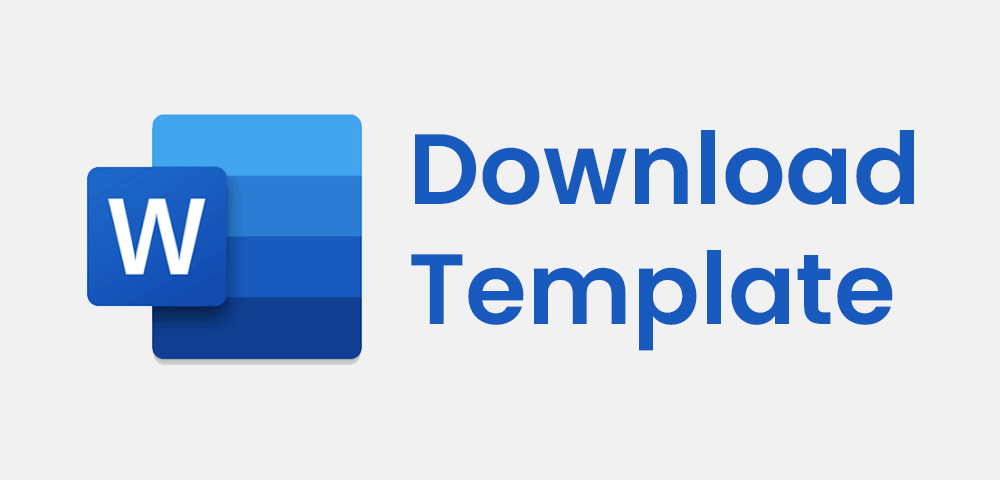PENDEKATAN KOGNITIF DALAM PEMBELAJARAN KAIDAH NAHWU UNTUK PENUTUR NON-ARAB
DOI:
https://doi.org/10.59548/js.v3i1.364Keywords:
Cognitive Approach, Nahwu Rules, Non-Arabic Speakers.Abstract
This study aims to describe the implementation of the cognitive approach in learning nahwu rules for non-Arabic speakers and analyze its effectiveness in improving students' understanding. The cognitive approach is used to optimize students' thinking processes, help them build concepts actively, and link new information to existing cognitive structures. This study uses a descriptive qualitative method with data collection techniques through observation, literature studies, and documentation analysis. The results of the study indicate that cognitive strategies such as mind mapping, sentence pattern analysis, meaning elaboration, and problem-based learning are effective in helping students understand nahwu rules in depth. In addition, this approach is able to improve long-term memory, analytical skills, and students' learning motivation. However, the success of the implementation is greatly influenced by factors such as students' cognitive readiness, teacher competence, availability of learning media, and available learning time. In conclusion, the cognitive approach makes a positive contribution to the mastery of nahwu rules for non-Arabic speakers, as long as it is supported by systematic and creative learning strategies.
References
Hasan, L. M. U., & Rido’i, M. (2024). Pengaruh Pembelajaran Fonetik terhadap Persepsi Siswa dalam Pembelajaran Bahasa Arab: Studi Kasus Kesalahan Pelafalan Huruf Arab. AL-MUARRIB JOURNAL OF ARABIC EDUCATION, 4(2), 59–72.
Ihsan, R. F., & Siagian, I. (2023). Pengaruh Fonologi Pada Kajian Fonetik Dalam Bahasa Indonesia. Jurnal Ilmiah Wahana Pendidikan, 9(23), 621–635.
Iryanto, N. D. (2021). Meta Analisis Penerapan Model Pembelajaran Problem Based Learning (PBL) sebagai Sistem Belajar Mengajar Bahasa Indonesia Inovatif di Sekolah Dasar. Jurnal Basicedu, 5(5), 3829–3840.
Ni’mah, K. (2024). Ilmu Ashwat dalam Pembelajaran Bahasa Arab. HUMANIS: Jurnal Ilmu-Ilmu Sosial Dan Humaniora, 16(1), 39–48.
Purwanto, P. (2019). Meningkatkan efektivitas pembelajaran pronunciation bahasa Inggris di SMPN 1 Sewon melalui pendekatan analisis kontrastif. Jurnal Penelitian Dan Evaluasi Pendidikan, 7(1).
Rangkuti, C., Ependi, R., Harahap, M. Y., & Rahma, R. (2024). Optimalisasi Metode Transliterasi dalam Pembelajaran Al-Quran di Madrasah Aliyah Swasta Amaliyah Sunggal. JIM: Jurnal Ilmiah Mahasiswa Pendidikan Sejarah, 9(4), 635–644.
Rofii, A. (2023). Kesulitan Berbicara Siswa Sekolah Dasar dalam Pembelajaran Bahasa Inggris. Jurnal Elementaria Edukasia, 6(4), 1895–1904.
Safitri, A., & Arie, R. M. (2022). Pembelajaran Bahasa Arab Menggunakan Buku Al-Arabiyyatu Bayna Yadai Aulaadinaa dalam Perspektif Perkembangan Anak. IHTIMAM: Jurnal Pendidikan Bahasa Arab, 5(2), 119–135.
Sumarti, S. (2019). Strategi Pembelajaran Pelafalan Bunyi Bahasa. Prosiding Seminar Nasional Pendidikan FKIP, 174–183.
Untari, D., Salim, H. A., Hamliyah, H., Agustin, S. D., & Yuliana, S. (2024). Persepsi Guru dan Siswa dalam Sosialisasi Penggunaan Aplikasi Elsa Speak untuk Pembelajaran Pengucapan Bahasa Inggris di SMK Inklusi TPA Jember. Jurnal Pendidikan Dan Pembelajaran Indonesia (JPPI), 4(3), 1154–1161.
Widya, W., & Agustiana, E. (2023). Pelatihan English Pronunciation Dengan Intuitive-Immitative dan Analitic-Linguistic Approaches. SENADA: Semangat Nasional Dalam Mengabdi, 4(1), 10–19.
Wiratsih, W. (2019). Analisis kesulitan pelafalan konsonan bahasa Indonesia (Studi kasus terhadap pemelajar BIPA asal Tiongkok di Universitas Atma Jaya Yogyakarta). KREDO: Jurnal Ilmiah Bahasa Dan Sastra, 2(2), 242–255.
Zaid, L. N., & Putra, M. (2024). Dasar–Dasar Fonetik Dalam Pembelajaran Bahasa. Jurnal Sathar, 2(2), 78–91.
Downloads
Published
How to Cite
Issue
Section
Categories
License
Copyright (c) 2025 Yuni Amalia, Wafiq Azizah Ashari, Syifa Wiri Tanaya, Muhammad Zaky Fahmi (Author)

This work is licensed under a Creative Commons Attribution 4.0 International License.
- Share — copy and redistribute the material in any medium or format for any purpose, even commercially.
- Adapt — remix, transform, and build upon the material for any purpose, even commercially.
- The licensor cannot revoke these freedoms as long as you follow the license terms.
Under the following terms:
- Attribution — You must give appropriate credit , provide a link to the license, and indicate if changes were made . You may do so in any reasonable manner, but not in any way that suggests the licensor endorses you or your use.
- No additional restrictions — You may not apply legal terms or technological measures that legally restrict others from doing anything the license permits.
Notices:
You do not have to comply with the license for elements of the material in the public domain or where your use is permitted by an applicable exception or limitation .
No warranties are given. The license may not give you all of the permissions necessary for your intended use. For example, other rights such as publicity, privacy, or moral rights may limit how you use the material.













 Sathar: Jurnal Pendidikan Bahasa dan Sastra Arab by
Sathar: Jurnal Pendidikan Bahasa dan Sastra Arab by 
